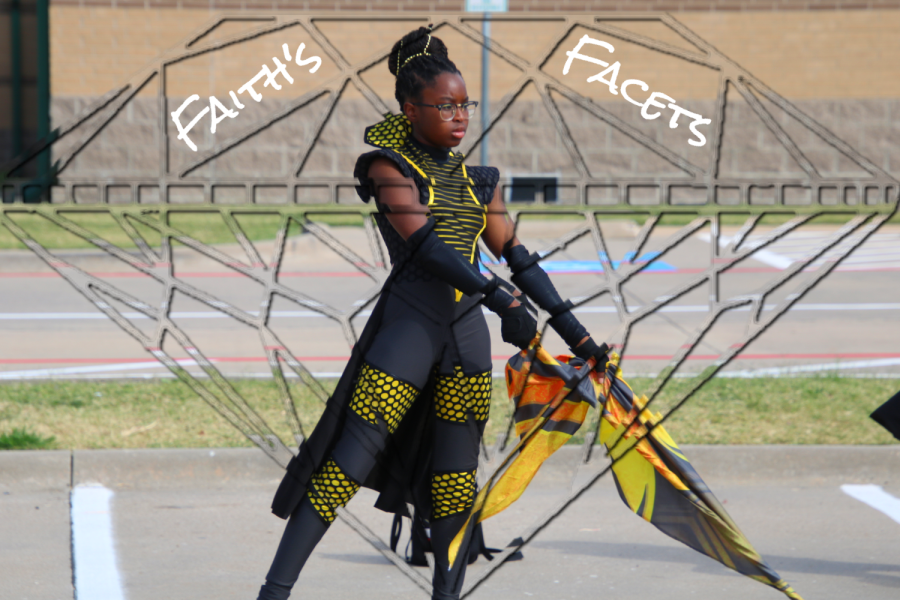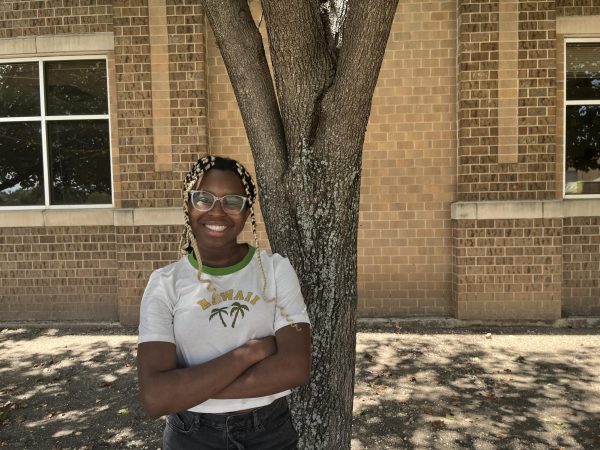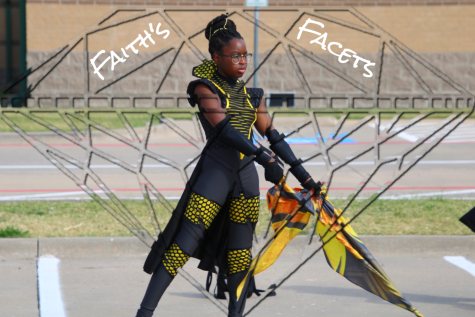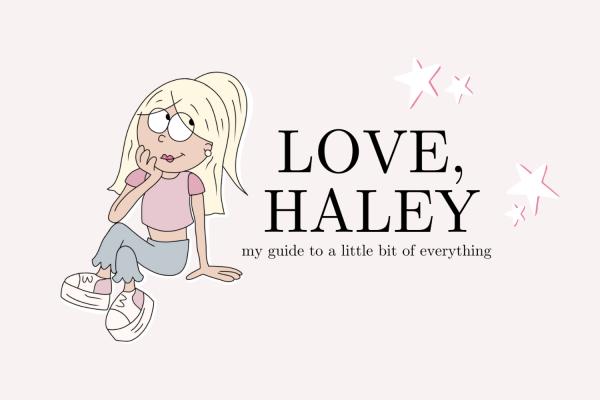Facets of Faith: shock value
Managing editor Faith Brocke expresses their emotions and experiences in their column, Facets of Faith.
April 20, 2023
Alright. That’s enough.
I’m sick of shows basing plotlines solely on the appeal of freaking people out.
Not in a ‘horror-and-gore-genre way’, but in a ‘girl-why-does-this-scene-exist’ way.
This doesn’t apply to shows where the plot is built upon shocking people (i.e. 9-1-1 Lone Star, where someones chest caving in on itself is normal, or Yellowjackets, where it’s a miracle if you can get through an episode without watching someone get EATEN), though.
I’m talking about shows that have zero business killing characters off or throwing their character development down the drain just for fun.
For example Nickelodeon’s Teenage Mutant Ninja Turtles (2012). Splinter’s near and actual death experiences never really felt impactful to me. Why did he die if a holographic version of him was just gonna keep giving the turtles advice from beyond the grave?
Does that even count as a death?
It makes the whole storyline feel…flatter.
This isn’t the first or last death in this series that doesn’t contribute anything significant, but it sticks out to me because there’s essentially no difference before and after this arc takes place.
As someone who writes just as much as I consume media, I get it. Angst sells.
But in all honesty, angst without reprieve or lack of cohesion/effectiveness doesn’t automatically make a storyline good, especially if it sacrifices the integrity of the writing quality itself.
Not every show has to have a dark twist lurking behind the corner of a season finale, and it can still bring an audience to tears without completely wrecking the audience’s viewing experience/media literacy.










